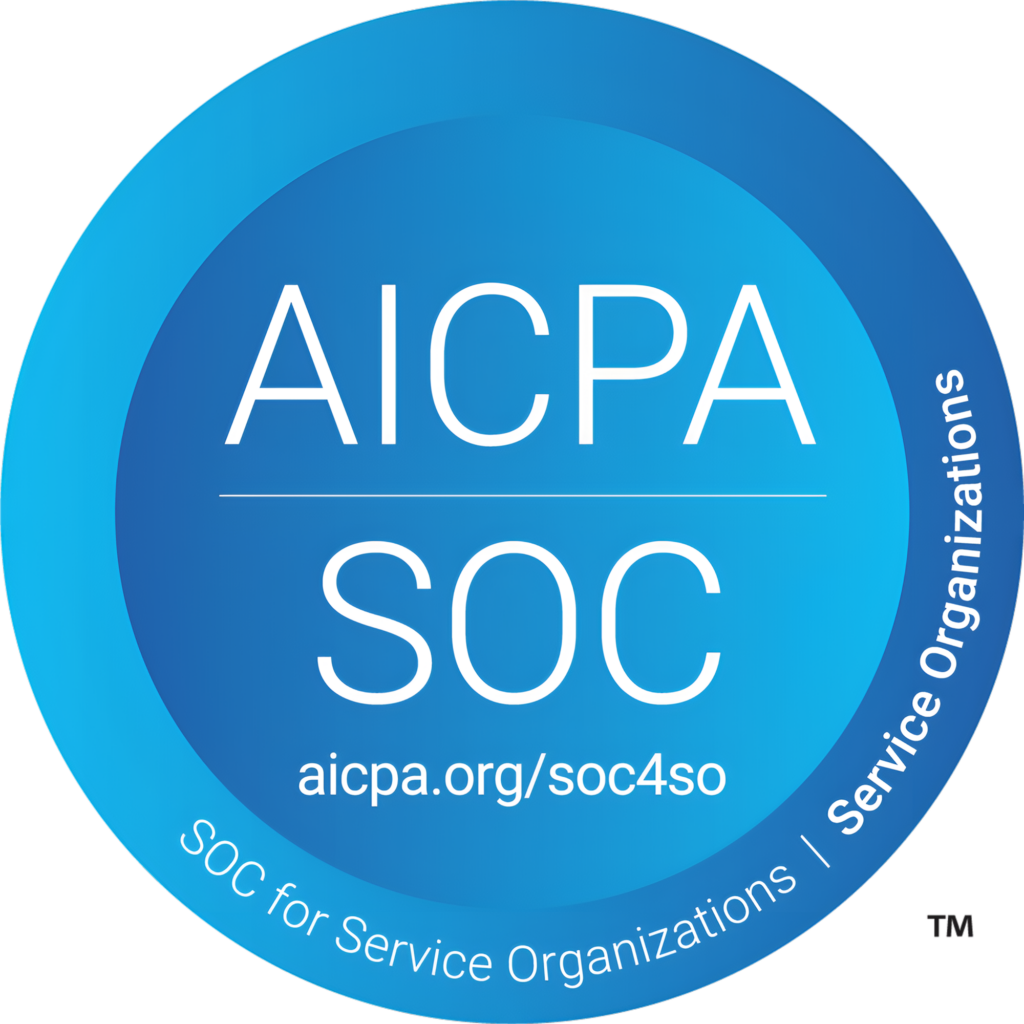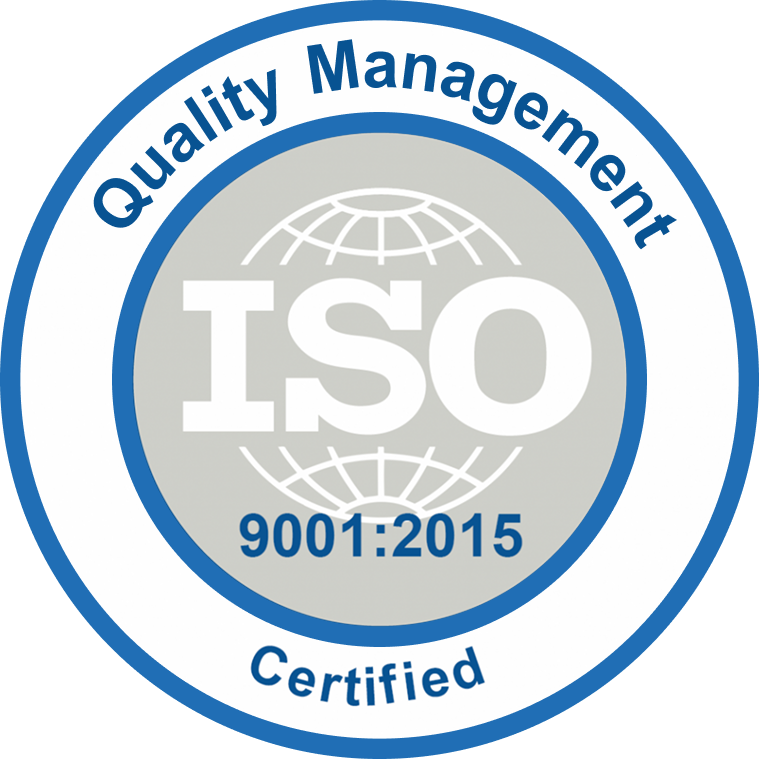Ransomware Assessment Checklist enclosed!
With the rapid adoption of hybrid work and recession across the globe hitting hard, Ransomware attacks are on the rise and there is no debate about it. When the data is accessed from the cloud, the hybrid work model has paved an easy way for cybercriminals to sneak in and take advantage of the vulnerabilities in our devices and systems.
The breaches are far graver than we think. And the perpetrators are not always easy to deal with as they don’t withdraw until the closure of their ‘deal’.
What is Ransomware?
Ransomware or Ransom Malware is a type of malware that attacks the victim’s data and prevents the user from accessing the files or assets. It remains locked, encrypted, or blocked until a ransom payment is made to the attacker for regaining access.
Do you think Ransom is heavier for businesses to deal with? Absolutely NOT!
Here’s the actual drill!
Ransom is not the real killer for businesses when it comes to Ransomware. The downtime is the real killer! Imagine what if you had a ransomware attack with 25+ hours of downtime? What would you do with the data leaks and infections during the long period? How much would it impact to your business?
This is a serious thought for all of us to ponder!
Why should you conduct a Ransomware Risk Assessment?
Organizations irrespective of the size and verticals have been facing serious consequences due to Ransomware attacks. It significantly impacts and disrupts the financial grounds, damaging the brand reputation for corporates.
Continue Reading
Ransomware Readiness Assessment or the Ransomware Risk Assessment helps you validate your security investments, discover the vulnerabilities and weaknesses in your technology, and evaluate the overall ransomware preparedness.
Benefits of conducting Ransomware Readiness Assessment
- Evaluate and understand your organization’s readiness for ransomware attacks (Ransomware preparedness)
- Assess your investments and determine if they are worth it for your business objective and purposes
- Analyze and identify gaps, so you can improve the technology, policies, and processes. Boost your detection and response capabilities.
- Check if your ransomware readiness is in streamline with the risk mitigation strategy
- Identify potential cost-savings on existing structure and enhance wherever needed.
When the ransomware attacks have surged tremendously, you cannot prevent the attacks but you can certainly brace yourself, enhance your data security strategy, mitigate risks, and minimize the risks to your business continuity. Following is a checklist to help you mitigate the risks and get through the attacks.
Easy checklist to help you with Ransomware attacks
1. End-point security & anti-virus software for emails
Spam emails and email phishing are the major sources of ransomware attacks. It is important to have a secure email gateway with high-end protection to block malicious emails and detect any. Regularly patching systems, conducting vulnerability assessments, and implementing real-time anti-virus and endpoint protection are crucial for businesses.
2. Blocking malicious websites and implementing anti-phishing campaigns
Although monitoring the websites and the applications for potential threats could help you to an extent, do not rely completely on them. Have secure gateways that can scan the web activities and help you block the suspicious ones before the attack.
3. Monitoring tools for your system
To prevent ransomware from activation, implement monitoring tools across your system. This can help you detect unusual activities, viruses, and CPU loads by giving you a caution on time.
4. Identity and Access Management – IAM
Multi-factor Authentication (MFA) with strong passwords will reduce compromised credential scenarios. Set time limits while sharing the credentials and access, provision sites and users with limited permission and control.
5. Provide regular trainings to your team
Ensure that you give enough training to your team. Show them ways to identify spams and malicious emails. Ensure that they are proactive before clicking any suspicious inks. Educate your team and set policies.
6. Business Continuity plan
It is significantly important to have a business continuity plan, recovery plan, time, and objective. Frequently and sporadically, test your disaster recovery plan so you can be prepared before the crisis.
7. Back up and protect your data in advance
Backing up your data will give you peace of mind always. No matter whether you have an attack or not, be prepared before the disaster. And test your backup regularly while you restore.
Read more: Security Assessment for your organization
Ransomware Readiness Assessment Approach
Our approach is majorly based on the inside-out approach for conducting a Ransomware Readiness Assessment. We go through different phases in the assessment process. We examine and analyze how you handle the following components.
We then proceed with different phases of our process.
The initial phase includes information gathering on the existing assets and configurations of the moving components. The next phase is the assessment phase in which we assess multiple environments and generate reports. Subsequently, the Recommendation and remediation phase begins where we recommend the various tech stacks, implement solutions, set policies, and remediate. As a final phase, we also perform tabletop exercise that covers the incident response plan, and disaster recovery plan, including training and awareness sessions for your team.
The closing thought!
Irrespective of the size and the sector, enterprises are facing a huge concern when it comes to Ransomware. Among all the countries in the world, the United States has faced the maximum Ransomware attacks this year. Regardless of the type of ransomware attack, you will certainly have to face a crippling impact with huge damage to your business. Your business might be the next target if you don’t take the necessary steps.
When data breaches and ransomware attacks are on the rise, we thrive on providing best-of-breed solutions, protecting your data better from where it resides, and recommending strategies to mitigate threats while minimizing risks in your business continuity.
We provide an end-to-end solution for cybersecurity strategy, policies, incident response, SIEM assessment, gap assessments, GDPR, Cyber crisis tabletop exercises, Breach Readiness Assessments and help you make the most of your security investments.

